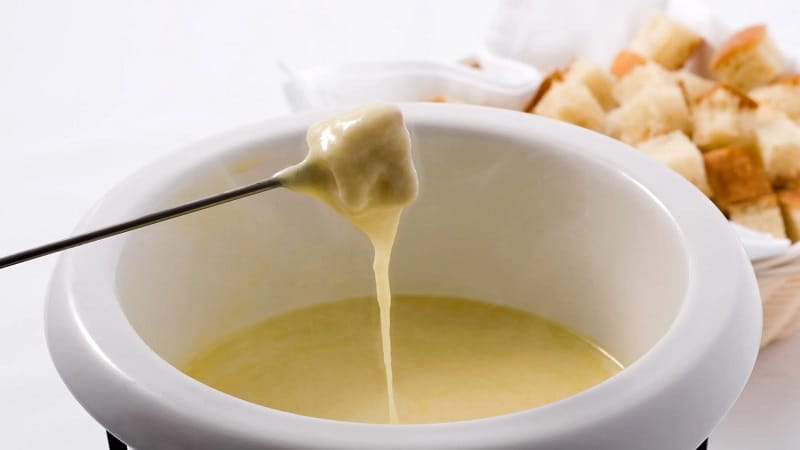Have you ever wondered if this king of cheeses melts? The answer, like a perfectly aged Parmesan itself, is full of nuance. Parmesan cheese does melt, but not in the same way as its gooey mozzarella or cheddar counterparts. Let’s delve into the science behind its unique melting behavior and explore how to coax the most flavor out of this beloved cheese.
Cheese Science 101: The Magic of Melty Goodness
The art of melting is a captivating study in food science. At its core, the process is dictated by the interplay between moisture and fat content. When heat is applied, the protein structure is disrupted, allowing the fats and moisture to mingle and create a smooth, creamy consistency that is the hallmark of melted cheese perfection. This fundamental understanding lays the groundwork for unraveling the nuances of Parmesan’s melting behavior.
Parmesan’s Paradox: A Case of Low Moisture and High Age
Parmesan cheese, a beloved staple in the culinary world, presents a unique challenge when it comes to melting. Unlike some of its more pliable counterparts, it is a hard cheese that undergoes an extensive aging process, resulting in a remarkably low moisture content.
This lack of moisture, the primary catalyst for melting, combined with its relatively high fat content, creates a paradoxical situation where the cheese may not melt as readily or dramatically as expected. This distinctive characteristic sets Parmesan apart in the world of melty goodness.

Melting Myths Debunked: Beyond Visual Goo
The misconception that melted cheese must resemble a stringy, gooey mess is a common fallacy that must be addressed. While some cheeses, such as mozzarella, melt into a delightfully stretchy and oozy state, Parmesan takes a different approach. When subjected to heat, it may not transform into the quintessential melted cheese we often envision. Still, it softens and becomes creamier, achieving a distinct melted state that is no less desirable or satisfying.
Unlocking Parmesan’s Potential: Strategies for Melty Success
Though Parmesan may not melt in the same manner as its high-moisture counterparts, there are several techniques one can employ to coax out its melting potential. Finely grating it increases its surface area, allowing for more efficient heat exposure and a smoother, more uniform melt.
Incorporating Parmesan into dishes with a higher moisture content, such as sauces or soups, can also aid the melting process by providing the necessary hydration. Additionally, exercising patience and using a gentle, low-heat approach can prevent the Parmesan from burning, enabling it to melt with grace and finesse.
Beyond Melting: The Versatility of Parmesan
Even if Parmesan doesn’t melt with the same dramatic flair as some of its cheese counterparts, it remains a culinary powerhouse in its own right. The sharp, distinctive flavor and granular texture add depth and complexity to various dishes, from pasta to salads.
Rather than relying solely on its melting properties, it can be used as a finishing touch, imparting its signature umami notes and lending an air of refinement to any culinary creation.
The Verdict: It Melts, Just Differently
The verdict is clear: Parmesan cheese does, indeed, melt, but it does so in a manner that is distinctly its own. Unlike the stringy, gooey melts associated with higher-moisture cheeses, its melted state is characterized by a softened, creamier texture that maintains its unique flavor profile. While it may not be the star of the show in terms of dramatic melting displays, its versatility, and ability to enhance a wide range of dishes make it an invaluable asset in any well-stocked kitchen.
I’m Christopher, and I want to share Georgio’s story with you. This independently owned, family-operated restaurant is more than just a place to eat – it’s a labor of love. My dad and I have poured over thirty years of combined experience into this business, and it’s truly a dream come true.
When we took over Georgio’s in July 2012, our goal was to create a welcoming space where people could enjoy top-notch food and feel like part of the family. We’ve worked tirelessly to make this dream a reality, and today, Georgio’s is a thriving eatery known for its high-quality cuisine, inviting atmosphere, and unwavering dedication to customer satisfaction.
